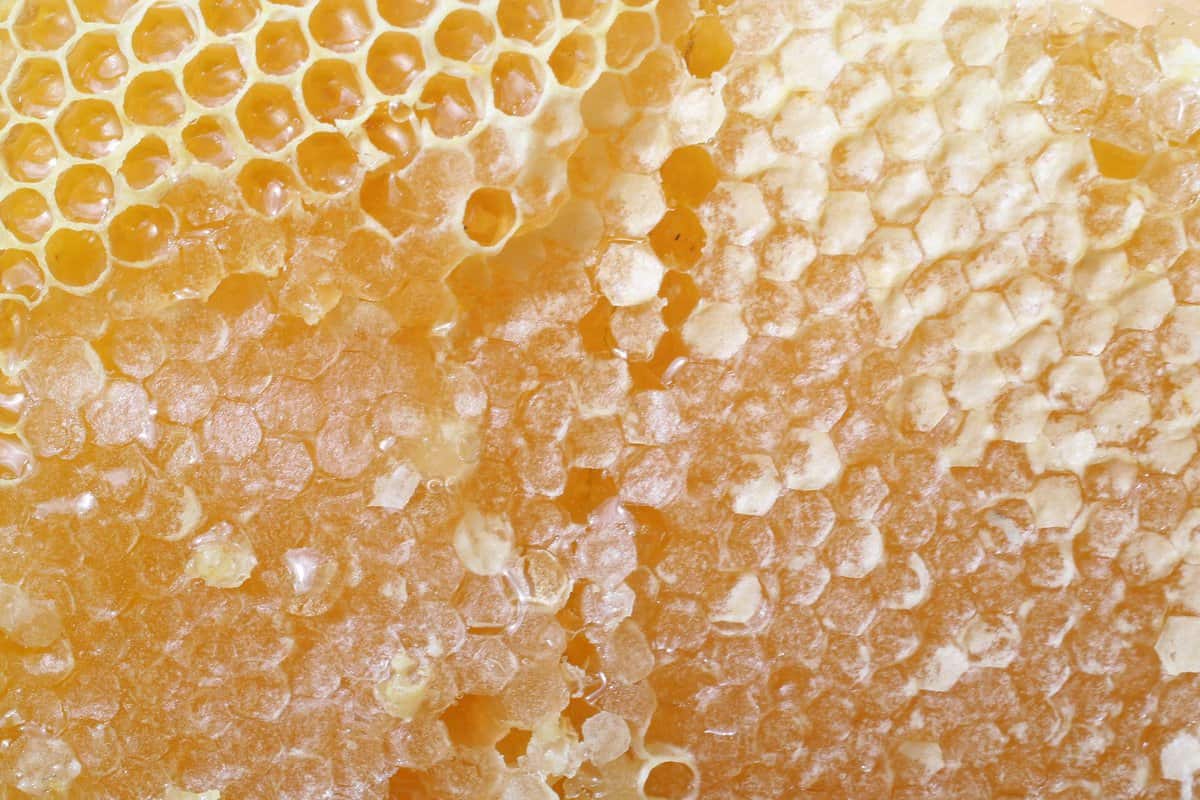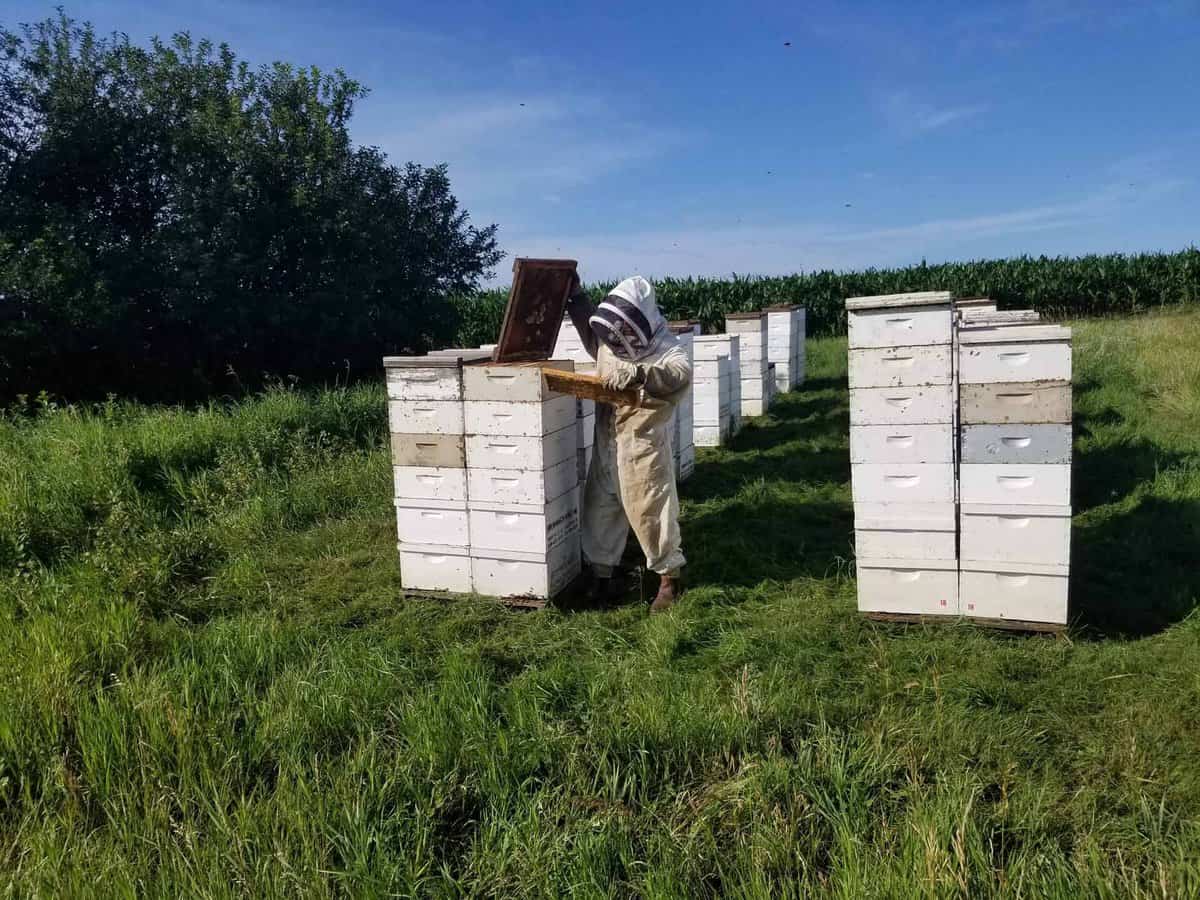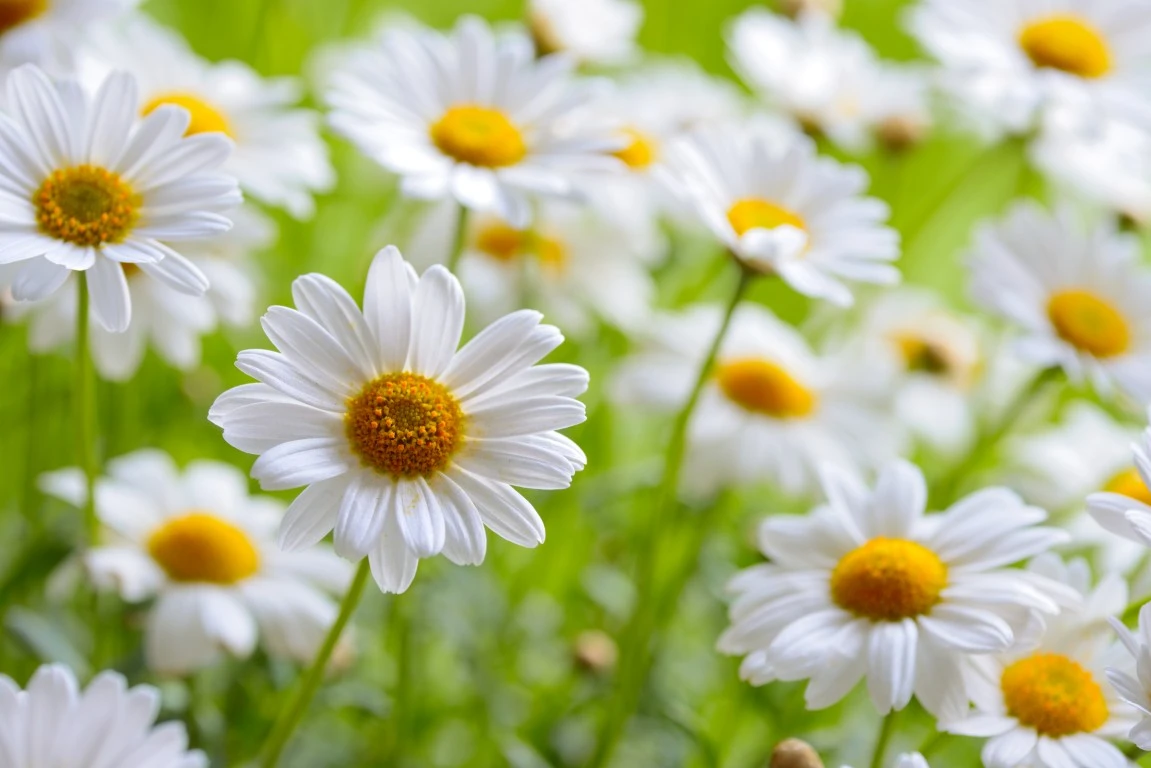Your cart is currently empty!
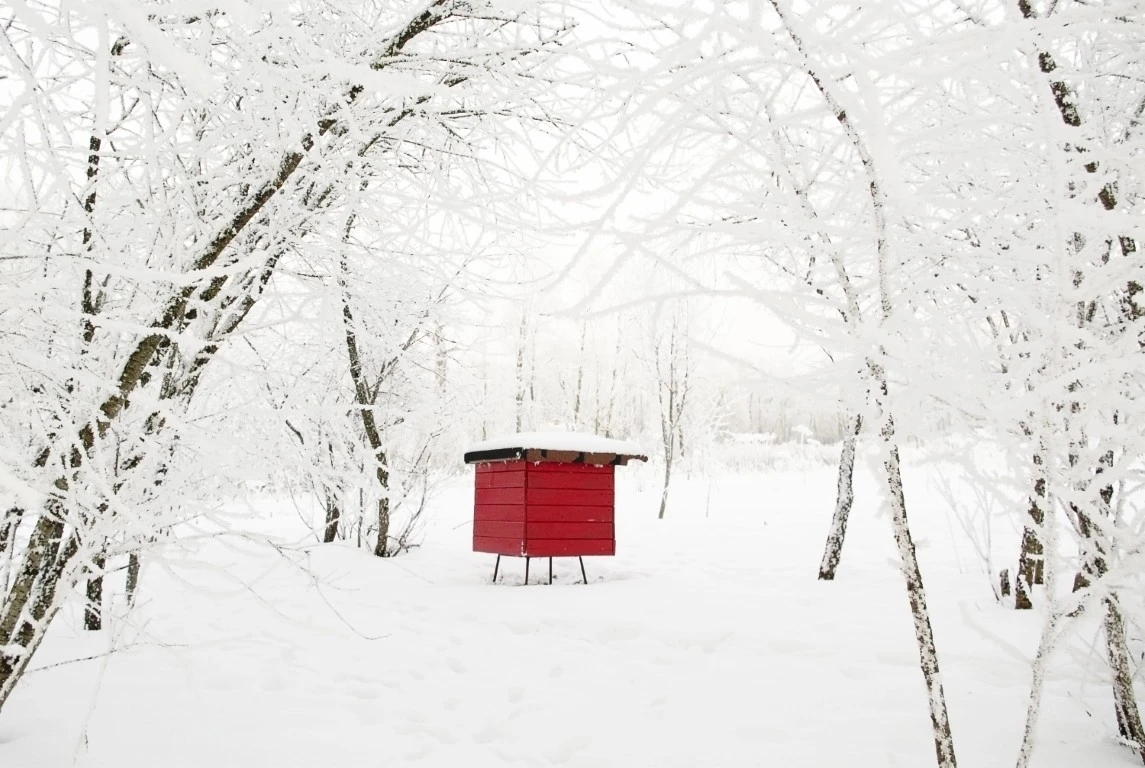
Buzzing Through Winter: How Bees Stay Alive
October 3, 2025
Table of Contents
When most people think of bees, they picture warm summer days filled with buzzing hives, blooming flowers, and busy pollinators. But what happens to these hardworking insects when the temperatures drop and flowers disappear? Unlike many creatures that hibernate or migrate, bees have unique strategies to survive the long winter months.
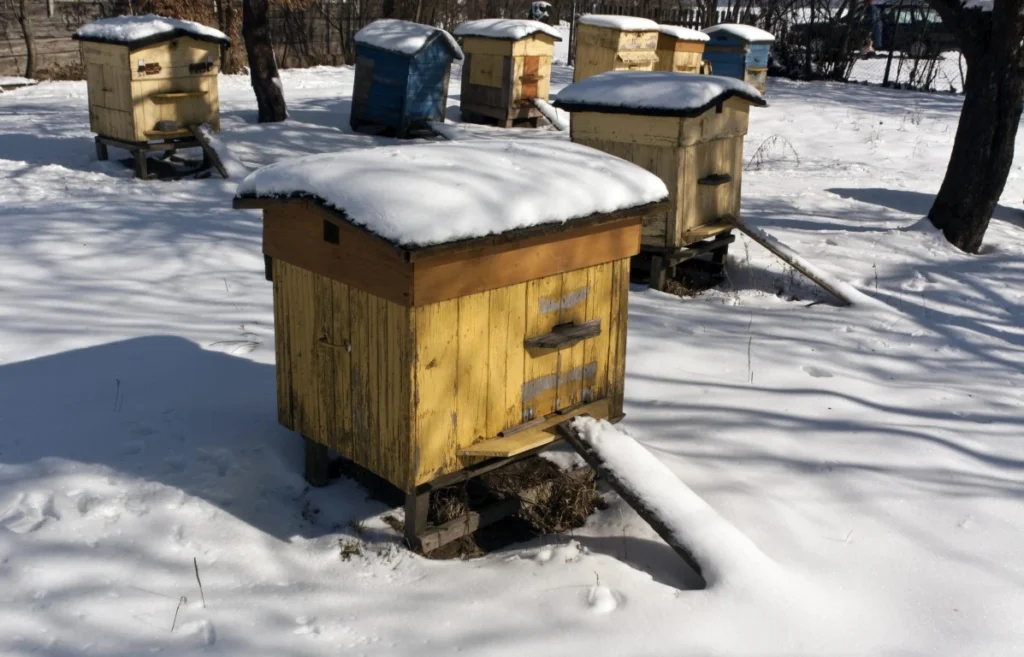
Honeybees: Staying Warm in the Hive
Honeybees don’t hibernate; they form a “winter cluster” inside their hive. The bees huddle tightly together around the queen, vibrating their wings to generate heat. This cluster can maintain a temperature of around 90 to 95 degrees in the center, even when it’s freezing outside. The bees take turns moving from the warm inner circles to the colder outer edges to ensure the whole colony survives.
To fuel this process, honeybees rely on the honey and pollen they stored during the warmer months. A healthy hive can consume 30 to 60 pounds of honey over the winter. For this reason, beekeepers often leave plenty of honey behind or provide supplemental feeding to support their colonies.
Winter honeybees are a bit plumper, so they can maintain more heat and have a longer lifespan, so they can last the whole winter.
Honeybees are also very mindful of hygiene and don’t like to soil their hive unless they get sick. Once the temperature reaches 50 degrees, they will take part in “cleansing flights” where they release all their waste to keep their home clean and reduce the spread of disease.
What Happens to the Drones?
The colony expels the male drones from the hive to reduce the competition for food and resources. However, a few drones may stay to help generate heat and keep the colony alive.
Bumblebees: Queens in Hibernation
Unlike honeybees, bumblebee colonies don’t survive the winter. Only the fertilized queens make it through. In the late fall, these queens burrow into the ground or hide in sheltered areas and enter a state of arrested development called diapause (similar to hibernation) until spring. They produce a natural antifreeze, glycol, to prevent their hemolymph from freezing and protect their bodily tissues. When warmer weather returns, they emerge, start a new colony, and the cycle begins again.
Solitary Bees: Waiting It Out
Many solitary bee species survive the cold months differently. Some overwinter as larvae or pupae inside tunnels, hollow stems, or soil, protected until the weather warms. Others, like certain mason bees, remain dormant in cocoons until spring blossoms provide their first meal. During this period, their metabolism slows down to save energy. Before the colder weather sets in, the female bee gives each nest cell a ball of pollen and nectar, creating a vital food store.
How You Can Help Bees Survive the Winter
Understanding how bees survive winter helps us appreciate just how resilient — and vulnerable — these creatures are. However, harsh temperatures and weather, lack of food stores, and habitat loss can all threaten their survival. To help them make it through the long, cold winter months, you can:
Avoid Tidying — Avoid disturbing leaf and twig piles in the fall, as these can provide shelter for hibernating queens. Additionally, don’t clear dead stems. Hollow stems from perennial plants provide nesting sites for certain solitary bees.
Delay Mowing — Wait until late spring to mow or till your yard, as the queen bumblebees may be overwintering in small holes in the ground. Avoid using pesticides as these could harm bees and other insects.
Leave the Compost — A compost heap or undisturbed patches of soil can provide queen bumblebees with suitable overwintering sites.
Plant Winter–Flowering Flowers — In milder climates, planting flowers like snowdrops, aconites, or Mahonia can provide late-season nectar and energy to emerging queens.
If you have your own hive, ensure you insulate it, place it in a sunny spot, and maintain it to prevent moisture buildup. In addition, ensure the colony has enough honey to last the season.
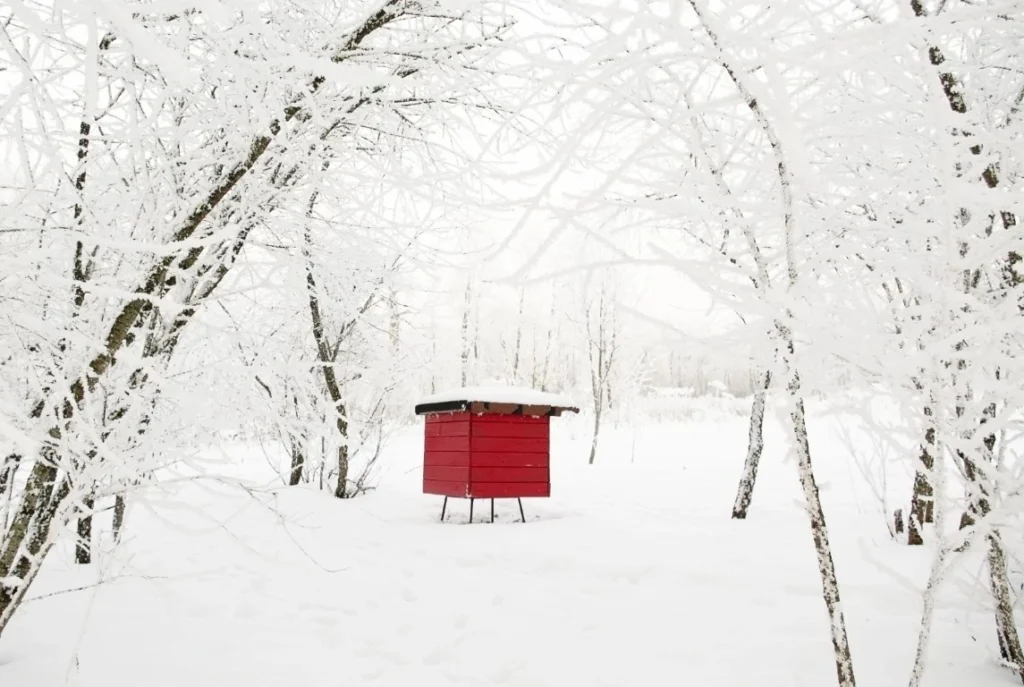
How We Protect Our Bees During the Winter
At Browning’s Honey, our beehives are loaded into winter storage buildings in Eastern Idaho until February, when they are shipped to California to perform vital pollination services for fruit and nut growers.
Buzzing Through Winter
Even though we don’t see bees flying from flower to flower during the colder months, they are far from inactive. Honeybees huddle together in their hives, bumblebee queens rest underground, and solitary bees wait in cocoons or nests until spring. Each species has its own survival strategy, reminding us just how adaptable and resilient these pollinators are. By understanding and supporting them, we can help ensure that when spring arrives, bees are ready to return to the vital work of pollination.


